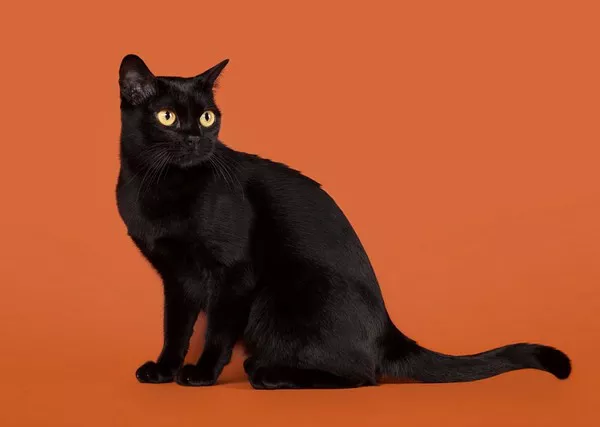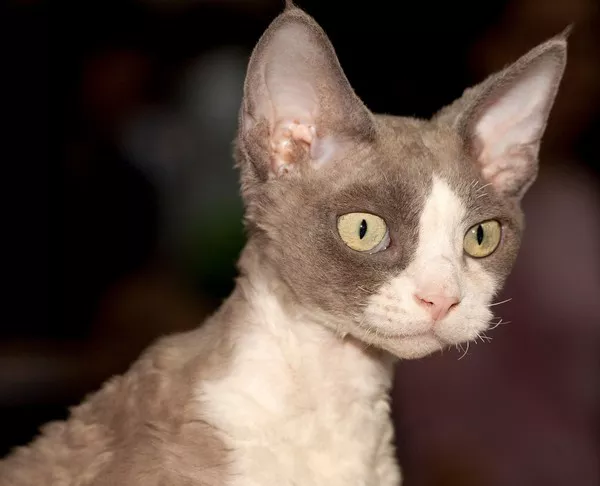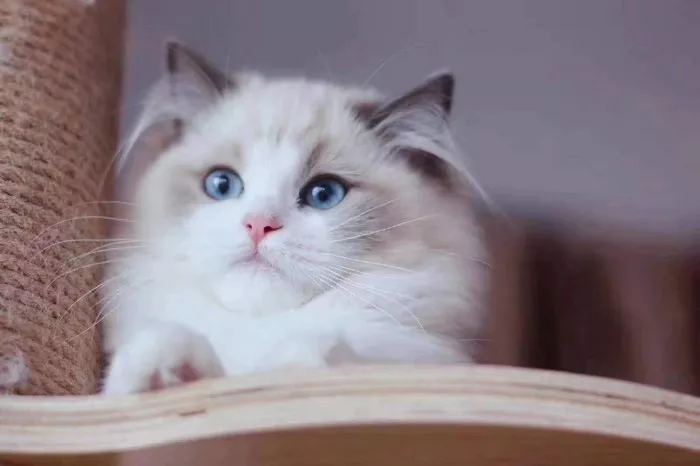As responsible cat owners, we are often meticulous about the choices we make regarding our feline companions’ nutrition. The debate over whether wet cat food causes diarrhea is a common concern among pet owners. Wet cat food, known for its moisture content and palatability, has both advocates and skeptics when it comes to its impact on digestive health. In this article, we will delve into the factors that may contribute to diarrhea in cats, exploring the potential relationship between wet cat food and this common gastrointestinal issue.
Understanding Feline Digestive Physiology
Before delving into the wet cat food and diarrhea debate, it’s crucial to understand the unique digestive physiology of cats. Cats are obligate carnivores, which means their natural diet consists mainly of meat. Their digestive system is adapted to process animal proteins efficiently. However, individual cats may exhibit variations in their ability to tolerate different types of diets.
Wet Cat Food Composition
Wet cat food typically comprises meat, water, and additional ingredients to enhance nutritional balance. The high moisture content in wet cat food mirrors the water content of a cat’s natural prey. This can be beneficial for cats that may not drink enough water, promoting hydration and supporting kidney function.
However, the variety of wet cat food brands and formulations on the market means that ingredient quality and composition can vary significantly. Some wet cat foods may contain additives, fillers, or low-quality ingredients that could potentially impact a cat’s digestive system.
Factors Contributing to Diarrhea
Sudden Diet Changes:
Cats are known for their sensitivity to abrupt dietary changes. Switching from one type or brand of cat food to another, whether it’s transitioning from dry to wet food or vice versa, can disrupt the balance of the cat’s gut microbiota, potentially leading to diarrhea. Gradual transitions, allowing the cat’s digestive system to adjust, are recommended.
Ingredient Sensitivities or Allergies:
Cats, like humans, can develop sensitivities or allergies to specific ingredients in their food. Some cats may be intolerant to certain proteins, grains, or additives present in wet cat food formulations. Identifying and eliminating the problematic ingredient through a process of elimination can help manage and prevent diarrhea.
Low-Quality Ingredients:
The quality of ingredients in wet cat food varies widely. Lower quality ingredients, fillers, or artificial additives may not be well-tolerated by some cats, potentially leading to digestive issues, including diarrhea. Opting for high-quality wet cat food with a focus on premium protein sources can contribute to better overall health.
Overfeeding:
While wet cat food is a tasty treat for cats, overfeeding can overwhelm their digestive system, leading to loose stools or diarrhea. Following feeding guidelines provided by the cat food manufacturer, and considering the cat’s age, weight, and activity level, can help prevent overconsumption.
Underlying Health Issues:
Chronic or persistent diarrhea may be a symptom of an underlying health issue, such as inflammatory bowel disease (IBD), gastrointestinal infections, or pancreatitis. If a cat experiences prolonged or severe diarrhea, veterinary consultation is crucial to rule out and address potential health concerns.
Dispelling Common Myths
Wet Food Causes Dental Issues:
One common misconception is that feeding cats wet food exclusively contributes to dental problems. While dry kibble may have some benefits for dental health, the overall impact of diet on dental issues in cats is complex. Regular dental care, including brushing and providing dental treats, remains essential regardless of the type of food consumed.
Wet Food Is Inherently Unhealthy:
Another myth is that wet cat food is inherently less nutritious than dry kibble. In reality, the nutritional value of cat food depends on the quality of ingredients and the formulation. Many high-quality wet cat foods offer a well-balanced and complete diet that meets a cat’s nutritional requirements.
Tips for Introducing Wet Cat Food
Gradual Transition:
If you decide to introduce wet cat food into your cat’s diet, do so gradually. Mix small amounts of wet food with their regular dry food, increasing the wet food portion over several days. This gradual transition allows the cat’s digestive system to adapt to the new diet.
Choose High-Quality Brands:
Opt for reputable and high-quality wet cat food brands. Look for products that list a meat source as the primary ingredient, and avoid those with excessive fillers, artificial additives, or by-products. Consult with your veterinarian for recommendations based on your cat’s individual needs.
Monitor Portion Sizes:
Pay attention to portion sizes to prevent overfeeding. Feeding guidelines provided by the cat food manufacturer can serve as a helpful reference, but individual cats may have varying dietary needs. Adjust portions based on your cat’s age, weight, and activity level.
Regular Veterinary Check-Ups:
Schedule regular veterinary check-ups to monitor your cat’s overall health and discuss any dietary concerns. Your veterinarian can provide guidance on appropriate feeding practices and address any potential issues early on.
See Also: Choosing the Best Cat Food for Diarrhea: Tips & Methods
Conclusion
The relationship between wet cat food and diarrhea is a nuanced topic that involves various factors, including individual cat sensitivities, ingredient quality, and the overall dietary balance. While wet cat food can offer benefits such as increased moisture content and palatability, it’s essential to approach dietary changes with caution and monitor your cat’s response closely.
By understanding your cat’s unique nutritional needs, choosing high-quality wet cat food options, and introducing new foods gradually, you can provide a diet that supports both their digestive health and overall well-being. If concerns about diarrhea persist or worsen, seeking veterinary advice is crucial to rule out underlying health issues and ensure your cat’s continued happiness and vitality. Remember, each cat is an individual, and finding the right balance in their diet may require some experimentation and consultation with your trusted veterinarian.


























